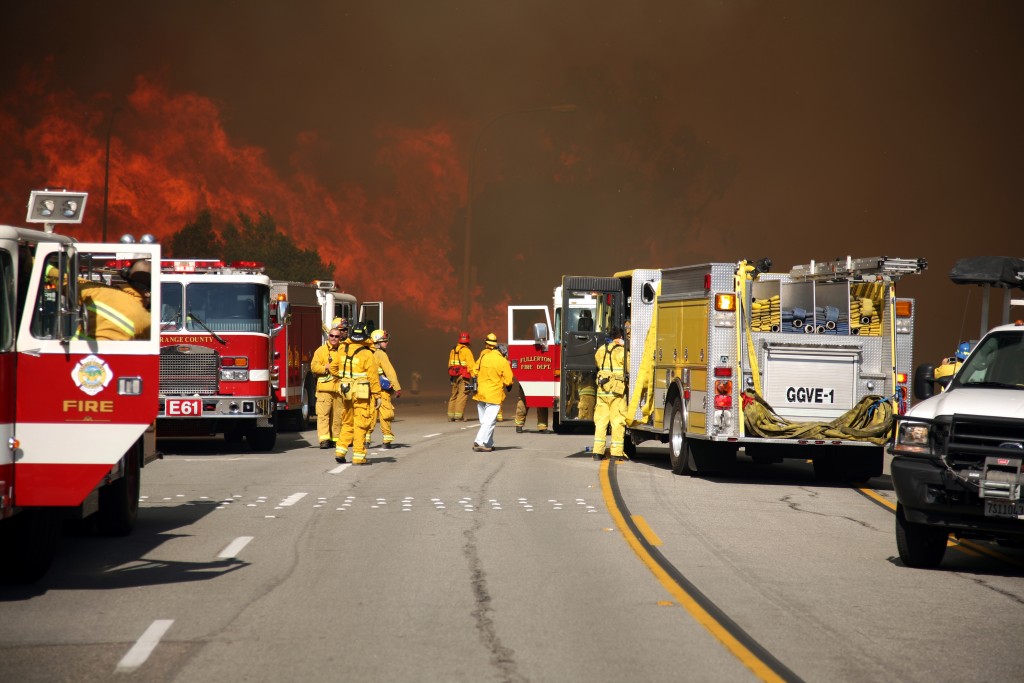After the Alberta Wildfires: Rebuilding Fort McMurray Safely

Image: mikeledray / Shutterstock.com
Although the immediate crisis may have passed in Fort McMurray and the surrounding area, the state of emergency is far from over. There is a tremendous amount of work to be done in order to get the 80,000 evacuees safely back to their own homes or resettled into new ones, and there is a great deal of pressure to get this done as quickly as possible.
The path to rebuilding these communities will be long and involved.
While still monitoring hot spots and further potential wildfires, there is a vast amount of demolition, cleanup, environmental testing and repairs that will need to be done before the rebuilding can truly begin. Infrastructures such as roadways, water, sewage, gas and power systems need to be repaired or restarted. Waste management facilities need to be ready to deal with the garbage, from food left in refrigerators and freezers with no power, and the toxic waste from homes and businesses that were destroyed or damaged – not to mention the ash, rubble and charred remains of the properties that were affected.
Even buildings that were undamaged by the fires directly may need work to get them operational – making sure venting systems are working properly, that supplies and equipment that were damaged by smoke or ash are disposed of or cleaned. Ensuring that there is an operational 911 system and essential services such as police, fire, ambulance and hospitals are able to respond to emergencies is vital before anyone can take up residence again.
The path to rebuilding these communities will be long and involved. In the short term, employment opportunities may be plentiful in a diverse spectrum of occupations related to construction, the trades, and general labour. The need for workers will be great, new companies will be established and new life injected into companies that may have been struggling.
While the recovery and rebuilding process may provide much needed work for an area and province that was suffering economically even before the fires, occupational health and safety is more important now then ever before. Every step of the way will come with its own set of risks and hazards whether it is through inherent dangers of the area, inexperience, fatigue, stress or the pressure to meet deadlines.
Here are 5 important tips for every employer and worker to remember during the time of rebuild and recovery in Fort McMurray:
- Review and revisit safety rules, regulations and procedures – for yourself and for all employees.
- Update and educate – make sure safety manuals are current, easily accessible and that you and all other employees have had proper training for the job they are doing. If you are not sure about a task or job, ask. If you are not sure about the training and experience a co-worker assigned to a task or job has, ask.
- Obtain and wear proper Personal Protective Equipment (PPE)— Understand the job that you are doing and take the time to make sure you are using the appropriate PPE. Be aware of the people working around you, and ensure they’re wearing the proper PPE as well.
- Stop, look and listen – be conscious and aware of your surroundings, who is where, what are they doing, what are the potential hazards, etc. If you see something that looks dangerous or unsafe, let someone know. If you don’t feel safe or comfortable with what you are doing, stop, ask questions, and ask for help or clarification.
- Don’t ever assume you are safe, make sure you are safe— Some of the most dangerous workplace hazards are inattention, inexperience, complacency and non-compliance. They are all preventable. Regardless of how many times you have done a task or job, or how much you think you know how to do something, taking a little extra time to make sure you are doing it correctly can make all the difference between success and tragedy.
It is truly amazing that more than 80,000 people were evacuated without incident of death or serious injury. It would be a shame to start counting casualties now.



